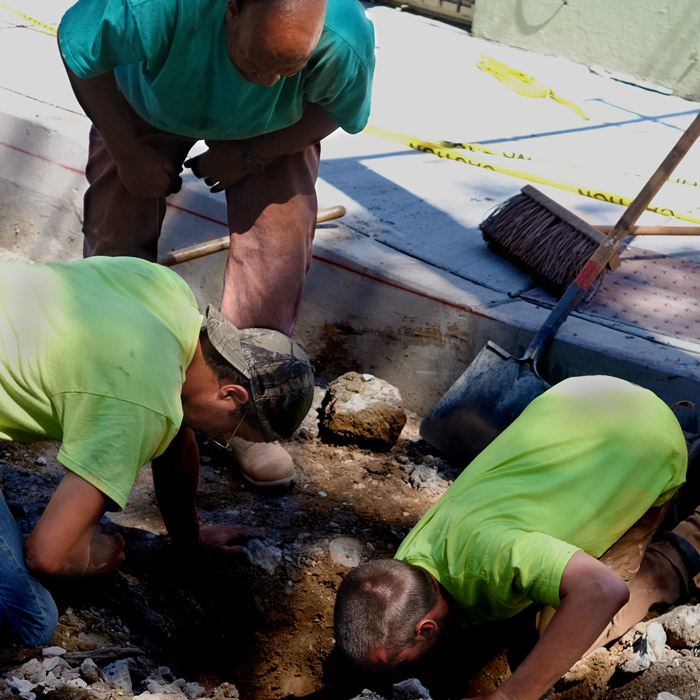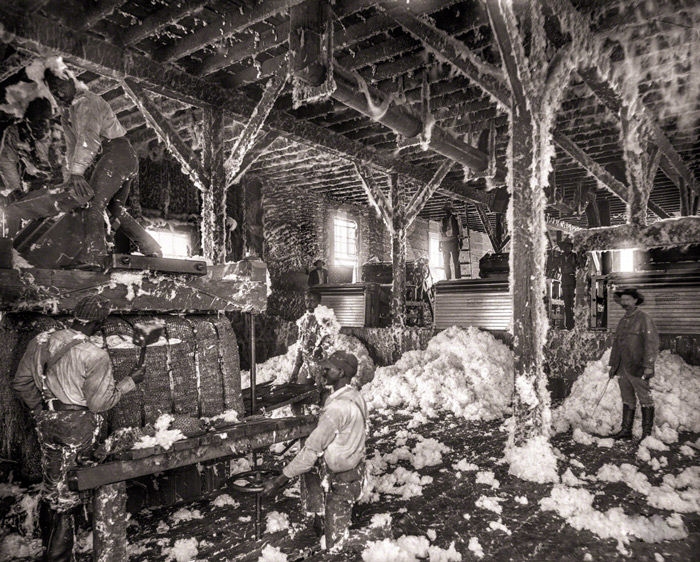Digging for Vapors
Jul 26, 2014
 The neighbors who live along the west side of a block of 21st Street near Kater had noticed that their cold water wasn't cold any more. Right out of the tap, it was hot; one of them took its temperature and found it feverish, over a hundred degrees, which is hot enough for a nice hot shower.
The neighbors who live along the west side of a block of 21st Street near Kater had noticed that their cold water wasn't cold any more. Right out of the tap, it was hot; one of them took its temperature and found it feverish, over a hundred degrees, which is hot enough for a nice hot shower.
They called the water department, which promised to look into it. But the guys we talked to Friday morning who'd been sent to look into it might be described as less than entirely sympathetic. "They're getting free hot water," is how one of them put it. "Free hot water, and they're not happy."
The water guys suspected a leak in the steam line that runs under the sidewalk along 21st Street, which sounds like a dangerous situation, though nobody was acting particularly worried.
The guys from the steam company, on the other hand, suspected erosion under the sidewalk in the aftermath of a water main break a couple of years ago; they believed there was no longer enough dirt down there to insulate the steam line.
For reasons we cannot fully fathom, both sets of guys were looking for evidence in the sewer lines. The crew pictured here took the low-tech approach, using shovels and eyeballs; another crew had fancier technology, basically a snake with a video camera at its head, transmitting images onto a screen set up in the back of a van.
We asked what they were seeing on the screen. "Nothing yet," they said. "Just sewer."
We asked what they were looking for. They kind of snorted. "Steam," they said.
By mid-afternoon, everybody had packed up and gone home. We're not sure if they saw any steam, but the neighbors are still getting free hot water.

